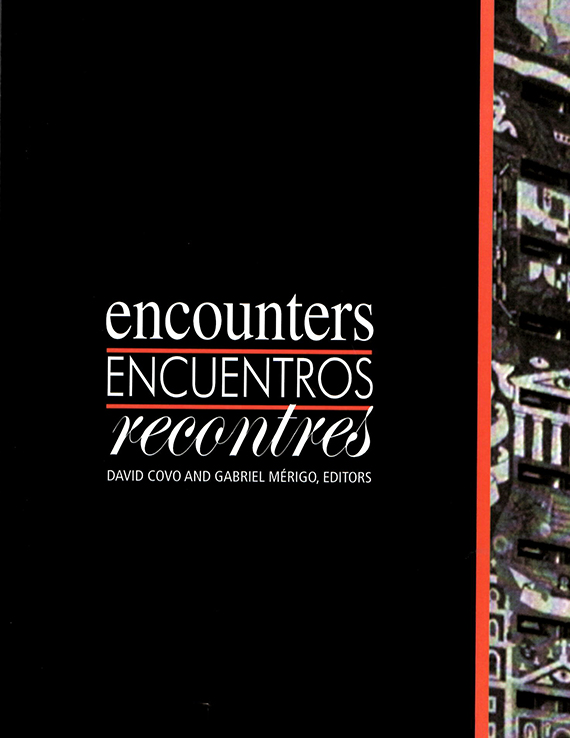Author(s): Grethchen Wilkins
“It takes so little, so infinitely little, for a person to cross the border beyond which everything loses meaning: love, convictions, faith, history. Human life… takes place in the immediate proximity of that border, even in direct contact with it; it is not miles away, but a fraction of an inch”1 —Milan Kundera“Death is a transition; but it is only the last in a long chain of transitions. The moment of death is related not only to the process of afterlife, but also to the process of living, aging, and producing progeny.2 —R. Metcalf, R. HuntingtonThis paper considers issues of death in the terms of the above quotes—that is, not as an absolute distinction between two opposing realities (life and non-life) but rather in relationship to a border whose determinacy is unstable, or as a process whose pattern is cyclical. Cultural rituals of death demonstrate these indeterminate qualities, often invoking issues of time, transition, threshold, and transformation. This is evident at a variety of scales of consideration—from human, bodily death of the individual to the attitudes of collective societies. Death is a transition within a much larger system of biological, cultural, and material relationships, and the border that separates these phases is highly variable and dynamic.These ideas framed the work of a graduate design studio focused on landscape, ritual, and urbanism. The studio was structured around individually-guided research in to multi-cultural attitudes and practices of death at a variety of scales. This research negotiated a series of dualities, or border conditions, sometimes oppositional and sometimes synergistic. They included relationships between Eastern and Western beliefs and practices, between religious values and cultural or professional practices, between the scales of the body to that of the city, and finally between rituals (immaterial) and the material, designed, landscape. The work that emerged from these explorations sought to position architectural design within these cultural practices, varying highly in terms of program, site, and scale of intervention. The objective of the research was to produce a critical framework within which students could establish a thesis, and to explore the reciprocal relationships between architecture and broader social themes. The paper will establish the theoretical framework for the studio design projects as presented by the students’ individual research topics. It will establish links between cultural practices of death through common belief or practice, as well as identify distinct and unique translations of death within architectural or landscape design practices. The notion of a border is defined within each specific project in both architectural and cultural terms, and will be discussed specifically. Student projects will demonstrate how these research findings were acted upon within a particular urban site.
Volume Editors
David Covo & Gabriel Mérigo Basurto
ISBN
0-935502-57-2

 Study Architecture
Study Architecture  ProPEL
ProPEL 
